Pokemon Let's Go review: Pikachu and Eevee head up solid Switch remake
Still a classic 20 years on?
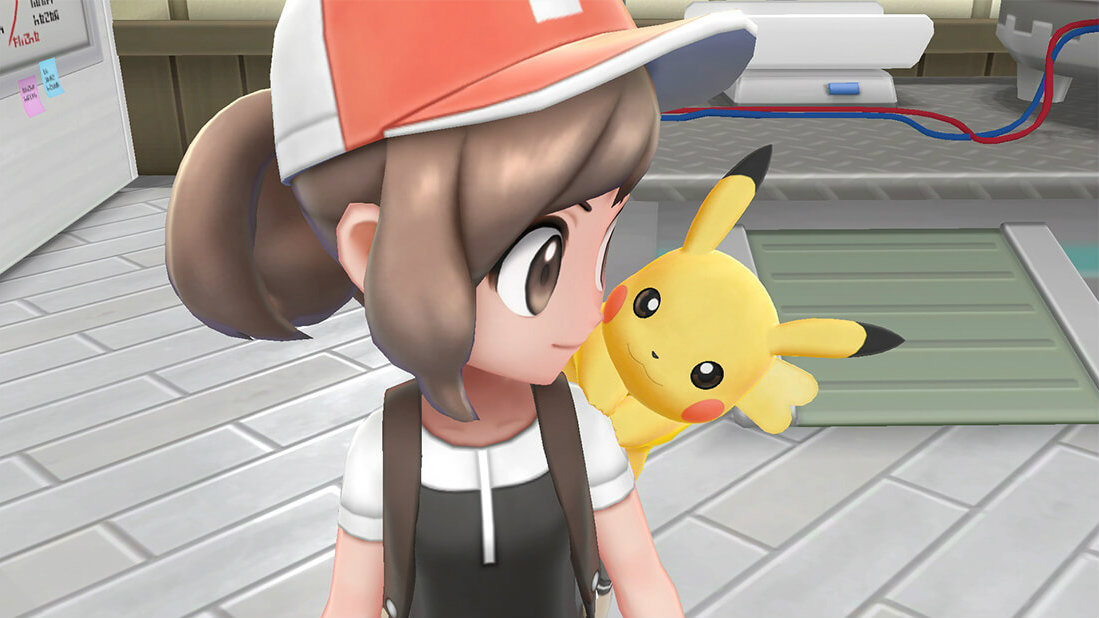
When you consider the behemoth that Pokémon has become – a multimedia monster encompassing video games, movies, merchandise and a smartphone outing that practically prints money – it's hard to believe the franchise only started in the mid-90s, and didn't hit the West until 1998.
For many, the decade is dominated by memories of the Spice Girls, grunge and the whirring of dial-up internet, but the younger generation that grew up on the first Game Boy Pokémon outing are now of the age where they can get all misty-eyed about trading beasts with their friends using the trusty link cable, and bugging their parents to stock up on as many AA batteries as possible.
Pokémon: Let's Go, Pikachu! and Pokémon: Let's Go, Eevee! are specifically designed to tap into this rich vein of nostalgia; the pair are effectively remastered editions of the original game (Pokémon Yellow, to be precise, which was based on Red and Green, the games that started it all), and as such they follow the exact same storyline and scale the Pokédex back to the Kanto region – but with all the modern trappings of the Nintendo Switch.
[Update: The next mainline Pokemon games have been announced for Nintendo Switch! Head to our Pokemon: Sword and Shield for all the latest, news, rumors, and announcements.]
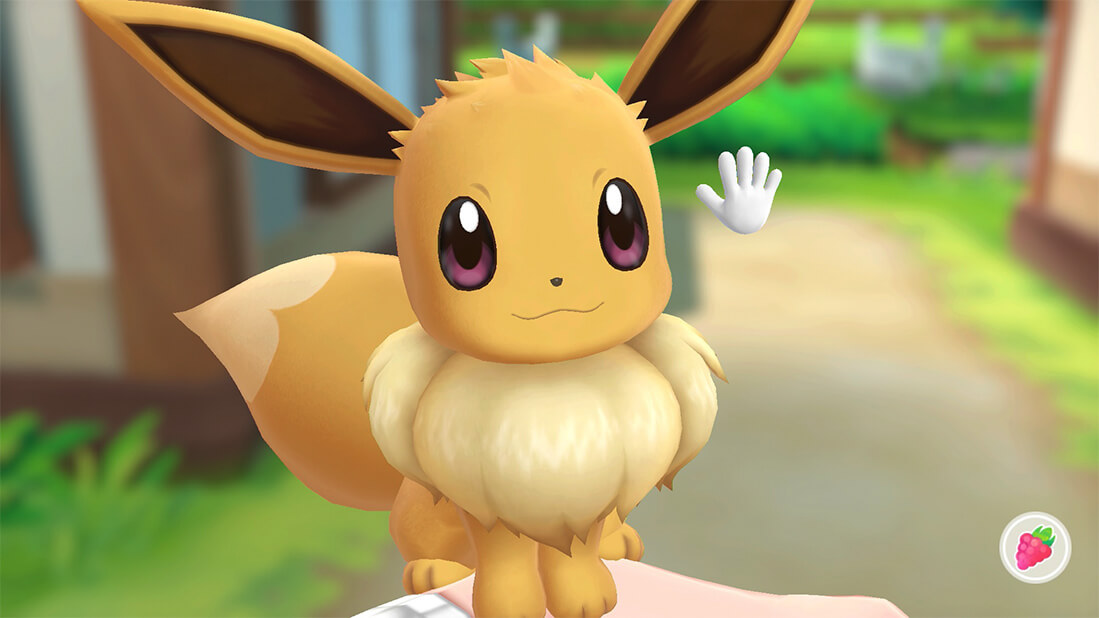
So we're looking at 151 different monsters to catch, rather than the hundreds and hundreds currently available in the most recent mainline Pokémon game, Ultra Sun and Ultra Moon. While two versions of Pokémon Lets Go are on offer, they're basically the same game, with the key difference being your starter Pokémon (here's a clue – it's the one in the title).
Those of you who lived and breathed the original game will be instantly at home here, as practically everything will be how you remember it from all those years ago: the same locations, the same characters and – of course – the same monsters.
However, there are some key improvements to note, the most obvious of which are the visuals. Pokémon has never looked this good, with gorgeous 3D graphics and superbly-animated character models which bring the realm of Kanto well and truly to life. Add in some fantastic reimaginings of iconic tunes, and you've got a remaster which really does justice to its source material without losing modern-day features.
Get daily insight, inspiration and deals in your inbox
Sign up for breaking news, reviews, opinion, top tech deals, and more.
Kanto revisited
It's not just the aesthetics which have benefitted from a liberal lick of paint, however; the gameplay is enhanced by some genuine 'quality of life' improvements which make the whole experience more pleasurable – not to mention more palatable for players who are entering the series entirely fresh.
Encounters with Pokémon are no longer random and unexpected affairs; instead you can see each monster patrolling the landscape, and avoid them if you so wish.
This eradicates one of the biggest annoyances in the original game – unexpected and unpredictable fights every few seconds – but it does sometimes mean that you'll enter high-level battles with an underdeveloped team, so it's a good idea to get involved in the odd scuffle here and there to level-up your 'mon.
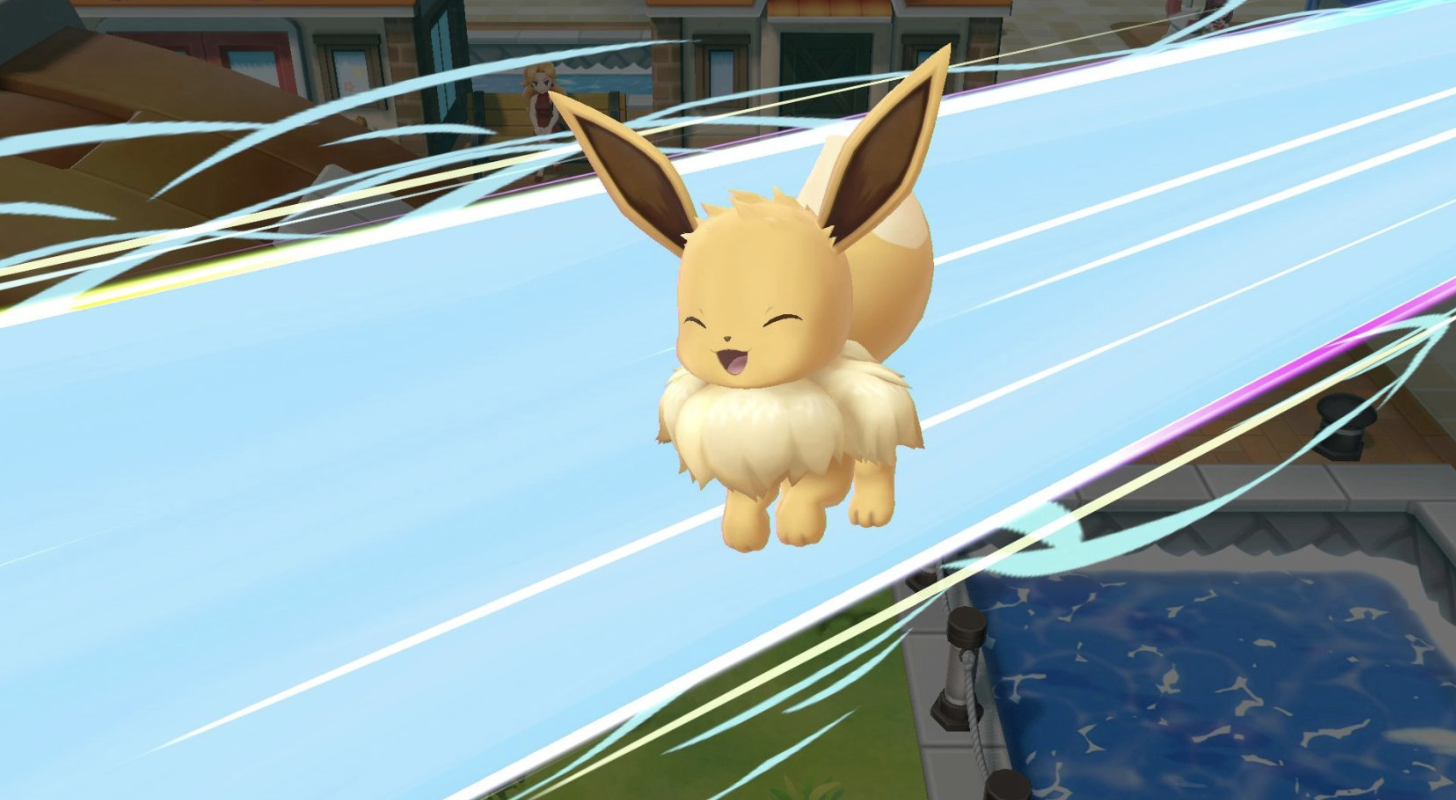
Having said that, Pokémon: Let's Go isn't anywhere near as taxing as the original game was; the grinding required to defeat some of the harder gym leaders is almost entirely absent, a concession no doubt made to ensure novices don't feel too overwhelmed.
A second player can even join in at any point by shaking a Joy-Con, which will come in handy if you're a parent trying to get your offspring interested in the series, but are finding the game's battles are just too much of a challenge.
Speaking of which, Pokémon: Let's Go also makes pretty drastic changes to the way combat works when you eventually decide to bump into a monster. Instead of using one of your Pokémon to fight them and wear them down for a capture attempt in the old-fashioned manner, the gameplay apes that of the aforementioned money-printing smartphone title Pokémon Go – you have to hit the creature with a Poké Ball to catch them and add them to your growing collection. Battles with other characters remain largely the same though, with Pokémon facing off against Pokémon in a physical contest that ends when one team is defeated.
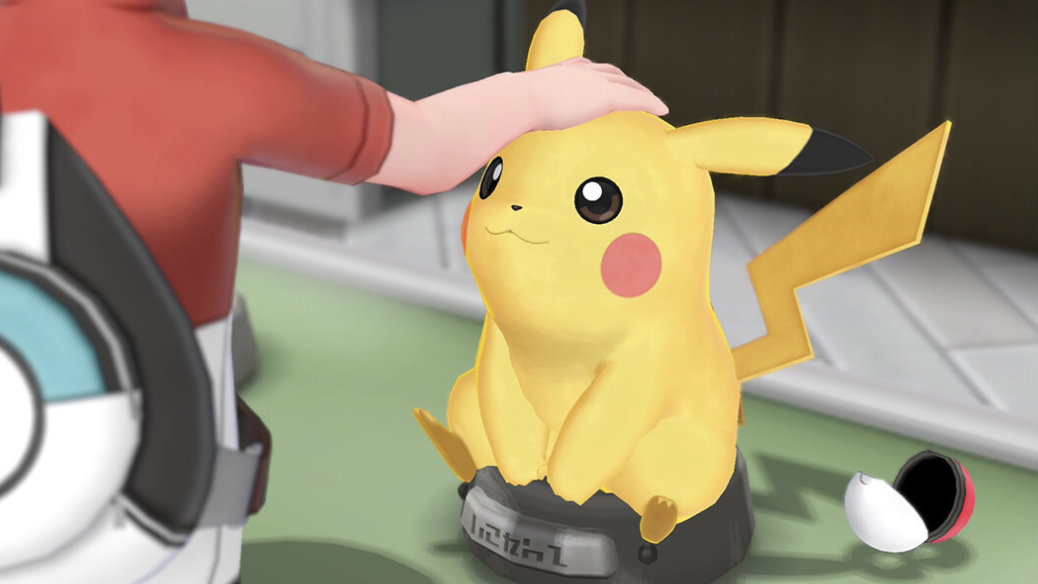
Throwing a fit
The ball-throwing mechanic used when capturing Pokémon makes use of the Switch's motion-sensing Joy-Con controllers, and when playing in either tabletop or docked mode you're expected to mimic a throw with your arm; you can even add direction by gesturing correctly.
Nintendo hasn't stopped there, however; it has released a special Poké Ball Plus accessory alongside the game, which has its own analogue stick and button and can be used as your sole means of interacting with the game itself, as well as a virtual container that allows you to take a Pokémon out of the house with you.
Nintendo and Game Freak's keenness to include motion control in Pokémon: Let's Go results in perhaps the title's biggest weakness – the gesture-based controls, while undeniably immersive, are actually a negative influence on the whole package.
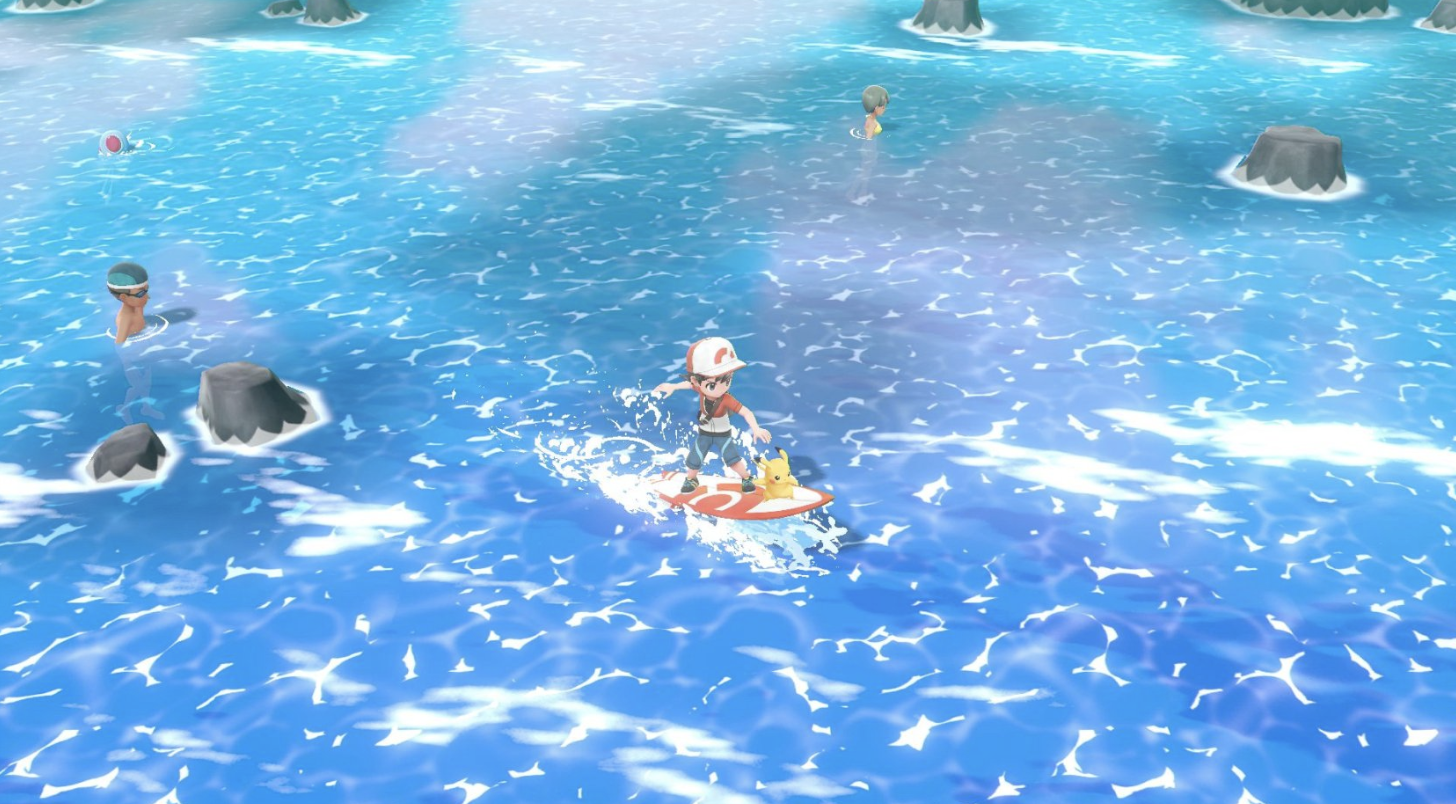
They're simply not precise enough to be relied upon fully, and it doesn't take long for you to realize that playing in handheld mode – where you simply tilt the Switch to aim your shots and then press a button to throw – is a far superior interface option.
Even when using this method, though, there's still an underlying feeling that this is Pokémon-lite. Sure, it has all of the story, content and gameplay seen in the original game (and then some) but it doesn't feel quite as deep and involving as the more recent entries on the Nintendo 3DS.
This could be an intentional move, as Nintendo is positioning Pokémon: Let's Go as a jumping-on point for lapsed fans, total newcomers and those who have played Pokémon Go but have never experienced any of the console-based installments in the franchise. It's an approach we imagine will reap massive rewards, but it may leave seasoned veterans feeling a little left out.
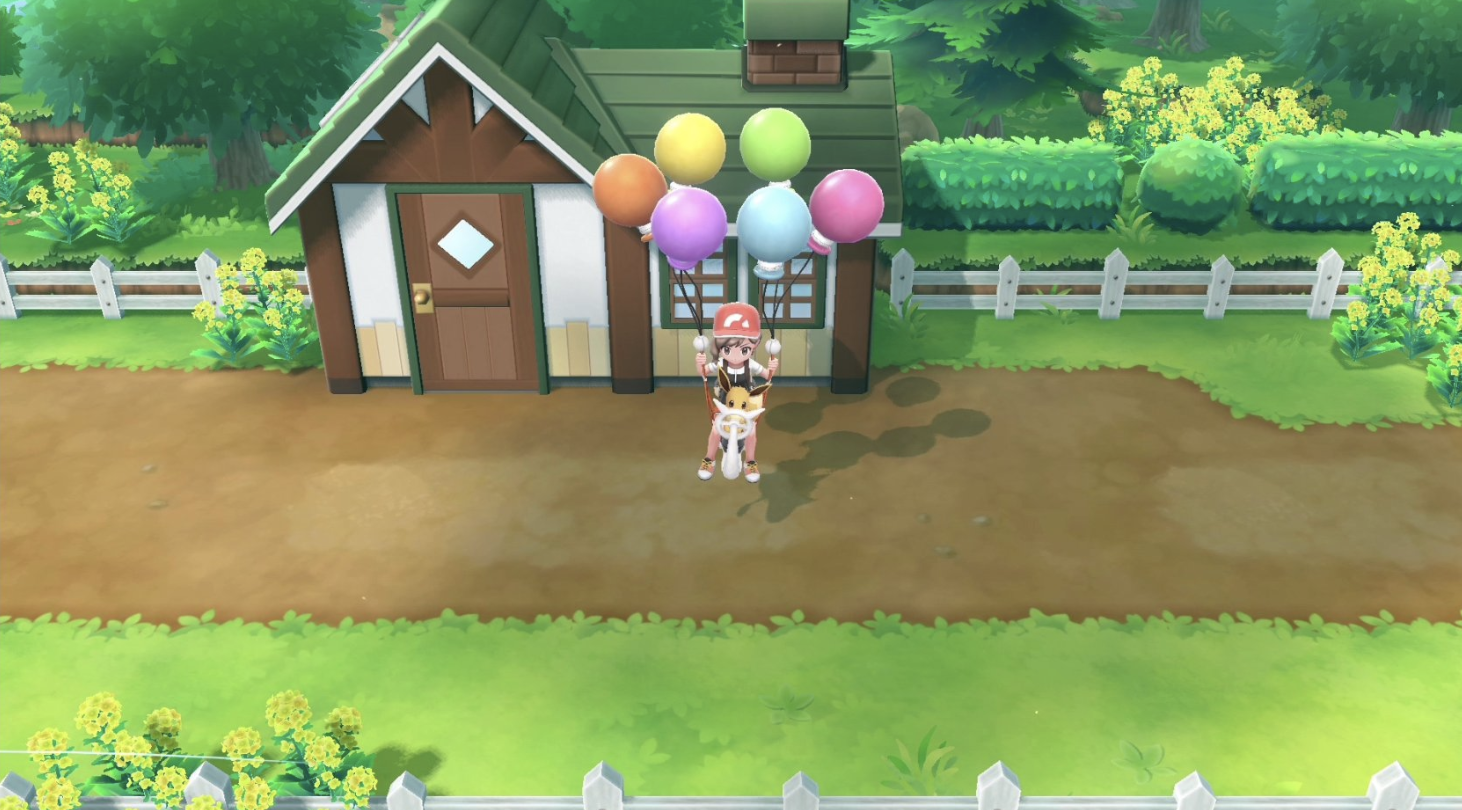
Better connected
We say 'may' because, despite the rather shallow nature of the gameplay when compared to the best Pokémon has to offer, we still had an absolute blast rediscovering Kanto and its inhabitants, and even when you've finished the main narrative there's some post-game content that has the potential to keep you glued to your Switch for months to come.
And we've not even touched on the fact that Pokémon: Let's Go encourages social play via its trading system (no link cable required this time, though), and also connects with the mobile game so that you can exchange candies and special monsters.
Sadly this aspect wasn't live at the time of writing this review, but we imagine that those who are already addicted to the smartphone outing will be licking their lips in anticipation – we know we are.
Verdict: Play it
Pokémon: Let's Go isn't the next big Pokémon game – that's coming to the Switch next year – and the sooner you become comfortable with this fact, the easier it is to enjoy it for what it is.
Just be sure that you ignore the motion-control gimmicks and play in handheld mode as much as possible; not only does this present the best interface, it also reinforces Pokémon: Let's Go's social features – just like back in 1998, trading with other players is a massive part of its appeal.
- Want to know if the Switch is right for you? Read our Nintendo Switch review